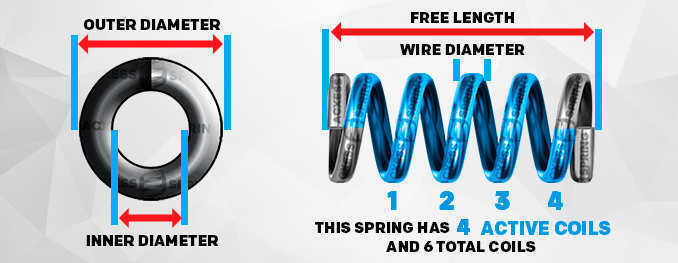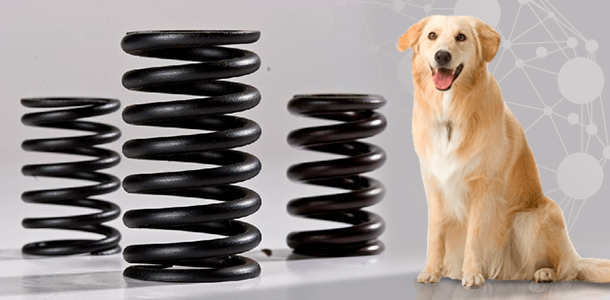Compression springs are the most familiar mechanical springs in many industries, from automobiles to consumer electronics. These springs are intended to withstand compressive forces and then return to their usual shape afterwards. They are used in many products ranging from pens and mattresses to machinery and equipment, among many others.
What is a Compression Spring?
A compression spring is a definite type of spring utilised to exert a compressive force. These springs are usually twisted and formed into coil shapes, allowing and expanding when force is applied and withdrawn. Compression springs are used to act as energy storage mechanisms that are discharged when necessary. This functionality of materials makes them appropriate for use in various application areas, including suspension systems, valves, and even toys.

Applications of Compression Springs
Compression springs are used almost universally across various industries because of their applicability and predictability in the force exerted. Some of the most common applications include:
Automotive Industry: Compression springs are an important automotive component that can be used as shock absorbers to provide smooth ride paths for vehicles.
Electronics: There are several springs, including the spring switches, buttons, and mechanical parts of any other small coil springs.
Medical Devices: In medical equipment, compression springs play a role in the proper working of applications, including syringes and dental instruments.
Industrial Machinery: Compression springs are used in many industries involved in production and mechanical equipment that regulate movement and are employed as the source of pressure.
Types of Compression Springs
Compression springs can be designed and classified into different types and shapes depending on the need of an application. Some common types of spring include:
Cylindrical Springs: These are the most conventional and most popular type of small compression springs. They have equal diameters and are everywhere in between.
Conical Springs: These springs have a tapered shape, allowing for far more flexibility and smoother operation in some cases.
Hourglass Springs: They have a rather hourglass form that allows for the even distribution of force from the top through the entire length of the tool.
Barrel Springs: These springs are of a barrel form and are employed in cases when, with the height of the spring, a certain force shifting through it is needed.

Factors to Consider When Choosing a Compression Spring
When you select a compression spring for your application, many factors should be taken into consideration:
Material: Available in either stainless steel springs or carbon steel springs.
Spring Rate: There are always essential factors to be considered when defining the standard spring option. All these factors have implications for the spring’s performance and guarantee the spring meets the requirements of the intended application.
Size and Dimensions: There are always essential factors to be considered when defining the standard spring option: diameter, length, and coil count. All these factors have implications for the spring’s performance and guarantee the spring meets the requirements of the intended application.
Benefits of Compression Springs
Versatility: These springs are offered in different dimensions and with different materials. They can be used in so many ways. Further, custom spring can be produced.
Efficiency: They are an efficient means of storing energy and reinforcing it to be released on command without requiring further energy input.
Availability of Stock Compression Springs: A lot of companies can, therefore, turn to stock compression springs to obtain standard parts quickly and with confidence.
Conclusion
Compression springs are a basic part of critical operations in numerous industries, serving in countless structures in devices and machinery. Hence, knowing different types, materials, and considerations when choosing the right compression spring can help business organisations make the right choice.


Load more comments